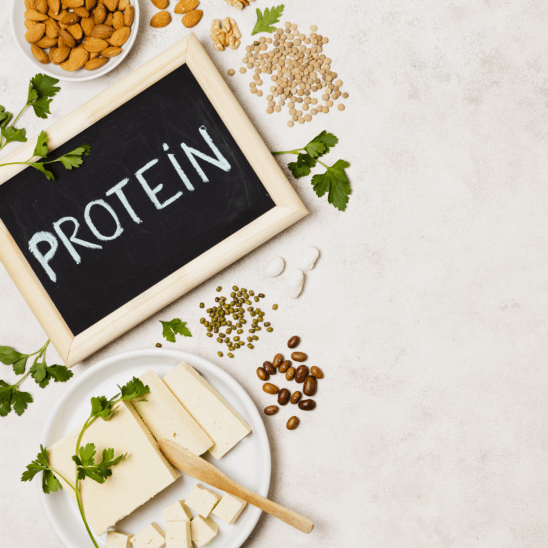No products in the cart.
Health Blog
Healthy high protein foods
High protein foods
Protein is an essential element (macro-nutrient) in everyone’s diet.
It is a component of each and every cell, tissue and organ in the body and it is constantly being broken down and replaced.
With that in mind, it is clear that identifying healthy high-protein foods is an essential aspect of maintaining good health. Proteins are certainly not all equal.
How to identify healthy high-protein foods
Complete protein and essential amino acids
When choosing protein foods to incorporate into your daily diet, it is important to make sure that they are natural, complete and balanced, i.e. first class, unprocessed proteins that will provide maximum benefit to, and be easily absorbed by, the body.
A food protein is described as “complete” or first class if it contains all of the essential amino acids.
Amino acids are basically the building blocks of protein, while essential amino acids are those that cannot be synthesised by the body and therefore need to be sourced through the diet. They are “essential” in the sense that they have to be eaten daily for the body to function.
When we talk about a “balanced” source of protein, we mean a protein source that contains all of the essential amino acids in ratios that are most useful to the human body.
Animal protein vs plant-based protein
You also need to consider the source of your protein, i.e. animal protein versus plant-based protein.
Obviously, if you are a vegetarian, vegan, raw foodist or follower of the Living Foods Programme, this won’t be in question. However, if not, these are some of the facts that you might want to take into consideration:
1. There are few perfectly balanced proteins in our food supply, but animal proteins tend to be among the most balanced. Similarly, most animal proteins are complete. Unfortunately, they also tend to include a number of undesirable elements. For example:
- red meat is widely considered to be carcinogenic
- meat (especially red meat) and dairy often contain high levels of saturated fat
- meat and dairy products are at the top of the acid-forming food list (it is thought that for optimal health, and for efficient delivery of balanced nutrients to the cells, the pH of blood should be neutral, or slightly alkaline)
- animal protein is much harder for the body to digest (depleting digestive enzymes and placing a greater strain on the digestive system)
- the nutrient-per-calorie ratio of meat is often lower than plant-based protein sources (which tend, for example, to be high in fibre, enzymes, phyto-nutrients, chlorophyll, antioxidants, vitamins and minerals etc).
2. There are a number of plant-based proteins that are both complete and balanced (including, wheatgrass, hemp and quinoa). In addition, non-animal proteins can be balanced by combining different food families. For instance:
- combining legumes with grains and other plant foods will usually yield a complete and balanced protein
- rice protein can complement the proteins in vegetables like broccoli, cauliflower and spinach.
Examples of high-protein, plant-based foods
- Fruit, vegetables and plants:
Certain vegetables, fruit, seeds and grains contain a surprisingly high level of protein, as well as fibre (not present in animal foods), and tend to have a higher level of vitamins, minerals and other essential nutrients (such as antioxidants) on a nutrient-per-calorie basis. Examples of high-protein fruit, vegetables and plants include fresh leafy greens, hemp, wheatgrass, spinach, broccoli, dried apricots, prunes, dried figs, rose hips, blackberries and dates.
- Soy foods:
Soy is one of the best sources of protein because it is a complete protein and is a rich in fibre and Omega 3 fatty acids. Examples of soy foods include soy beans, tempeh, tofu (or bean curd).
- Legumes:
Examples of high-protein legumes include lentils, kidney beans, black beans and garbanzo beans. Although legumes are an incomplete protein, as mentioned above, those who choose to follow a plant-based diet can adequately meet their body’s amino acid requirements by eating a variety of plant foods on a daily basis.
- Seeds, nuts and grains:
Examples of high-protein seeds, nuts and grains include quinoa, almonds, cashews and sunflower seeds.
For more information, visit our main website

